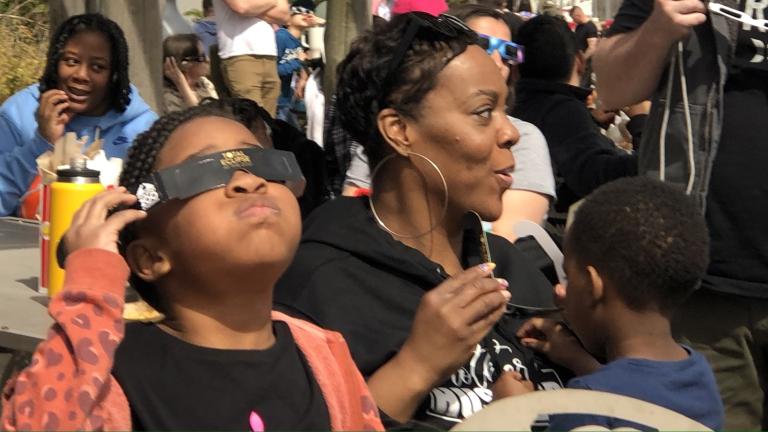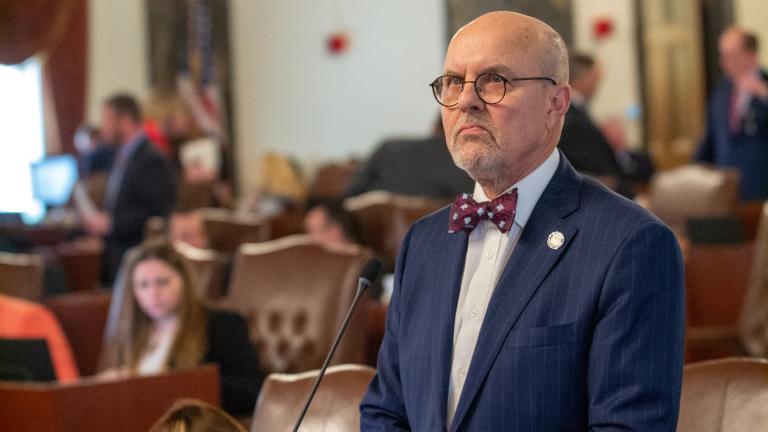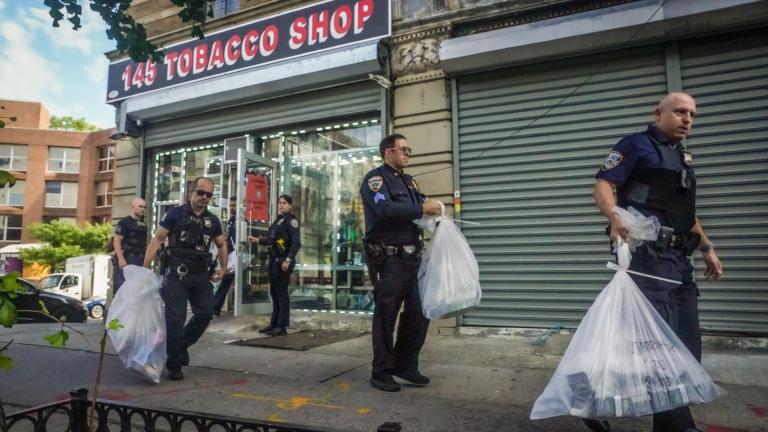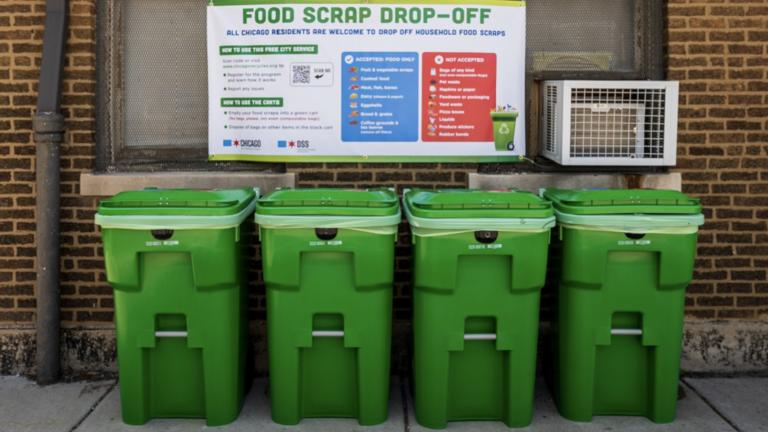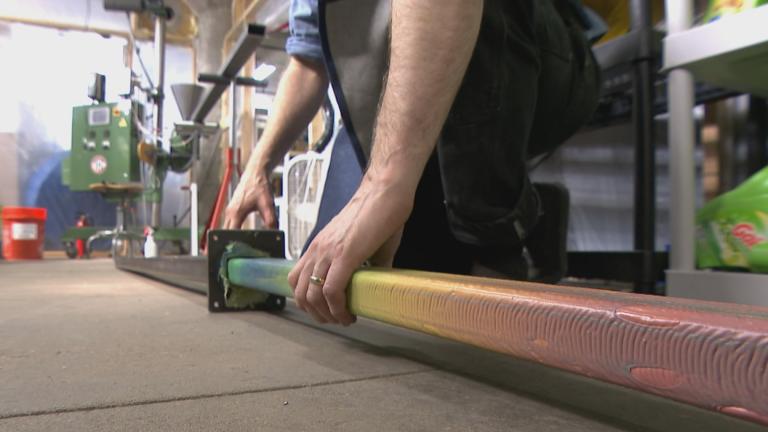Chicago bills itself as a world-class city, but when it comes to recycling, its performance has been less than first-rate.
For comparison, places like San Francisco and L.A. claim to keep 80% of their waste out of landfill, while Chicago’s recycling rate has been stubbornly stuck at 9% for years.
What’s gone wrong? Let’s take a deep dumpster dive.
Chicago’s first try at recycling, back in the 1990s, was the so-called “Blue Bag” program.
Along with the usual charges of cronyism and corruption — the “Chicago way” — the program had a serious image problem. Blue bags of recycling were collected in the same trucks as trash, leading Chicagoans to wonder whether anything was actually being recycled or if it was all destined for landfill.
Eventually the bags were scrapped and, fast forward to 2007, the city rolled out Blue Carts to much fanfare. But there were issues from the get-go, including holdover skepticism from the bag era.
Chief among the complaints: The Blue Cart program is limited to residences with four units or fewer, leaving a sizable number of people with no service. Landlords skirted requirements to provide recycling to tenants, with few if any repercussions.
Messaging proved to be another problem.
Chicago opted for the “single stream” method of recycling, in which all recyclables — paper, plastic, aluminum and glass — go into a single bin and are sorted on the back-end.
On the surface, single stream seems simple when it truth the business of recycling is anything but. For example, not all plastic — even if stamped with the “recyclable” logo — is accepted by recycling processors. And mixing things like cans of soda, often containing residual liquid, with paper is a recipe for contamination.
Officials gradually began communicating a steady drip of items that couldn’t go in the Blue Carts. Among the no-nos: pizza boxes (too greasy); to-go coffee cups (too waxy); shredded paper (too tiny); and No. 6 plastic (too difficult and expensive for processors to extract).
Orange stickers began showing up on carts, labeling them as contaminated. With the specter of the Blue Bag program still looming, Chicagoans again wondered: Is anything actually being recycled or did haulers have an incentive to declare carts contaminated?
The city has tried to get this runaway recycling train back on track with a “back to basics” message — plastic bottles, aluminum cans and cardboard shipping boxes — and a new vendor contract.
But is this a case of too little too late? The market for recyclables has plummeted and the future of waste management is looking more and more like compost.
We’ll see if Chicago can get that right.
We want to hear from you! Do you have an idea for a WTTW Explains video? Send your question or topic to [email protected].
Contact Patty Wetli: @pattywetli | (773) 509-5623 | [email protected]

